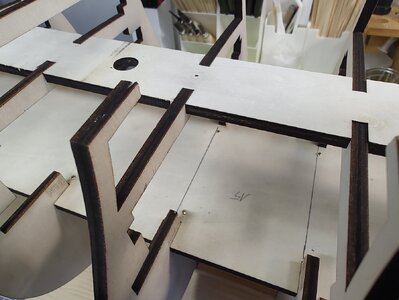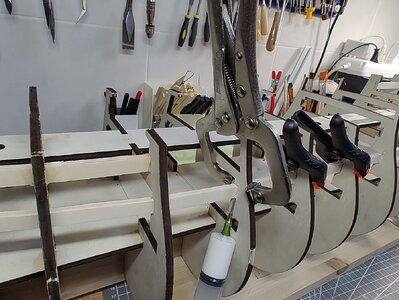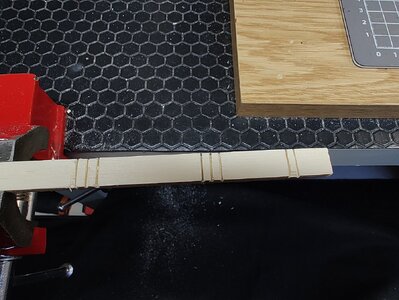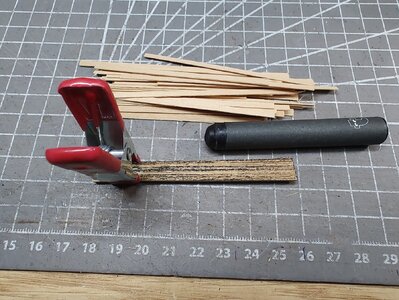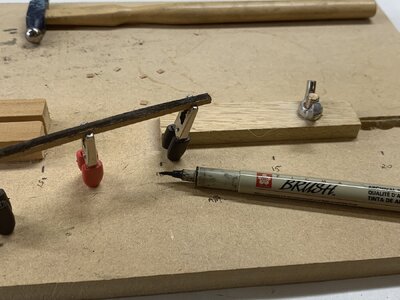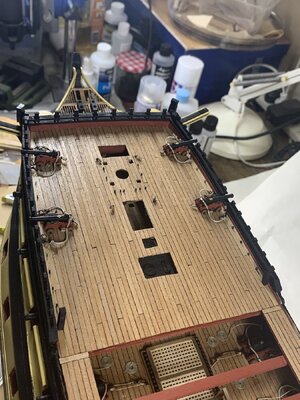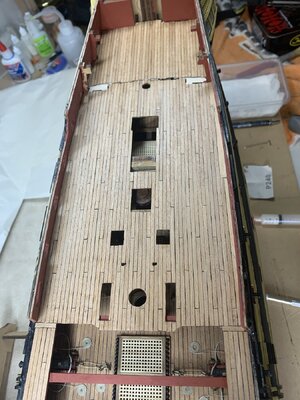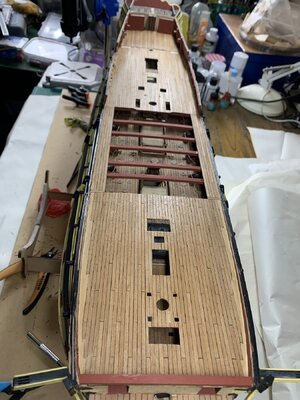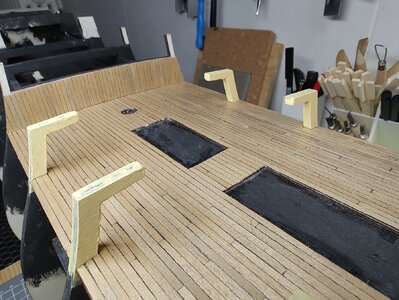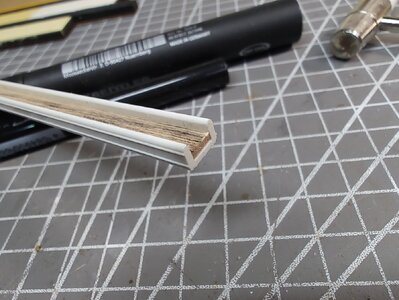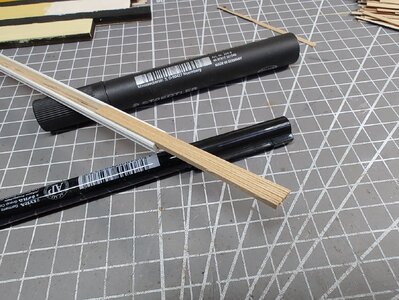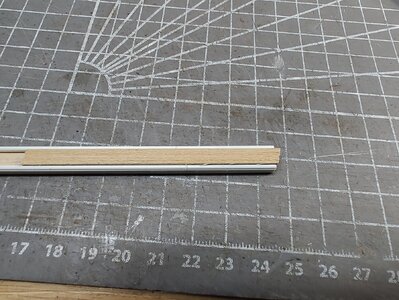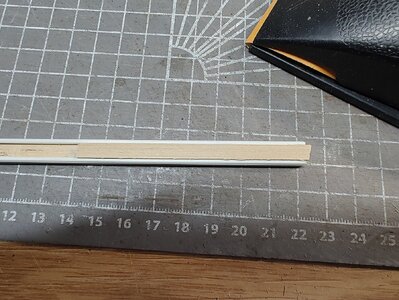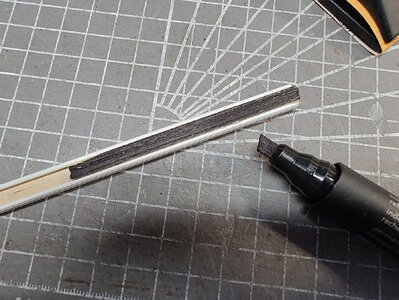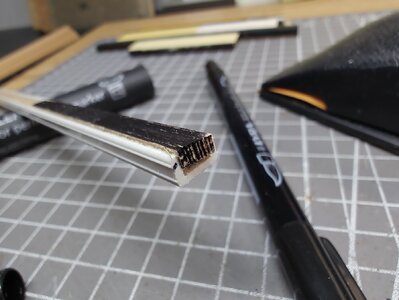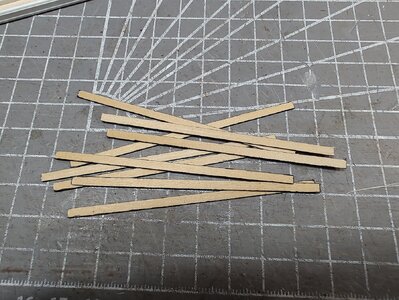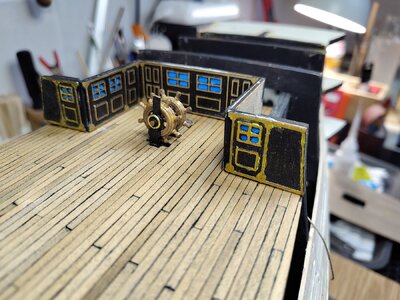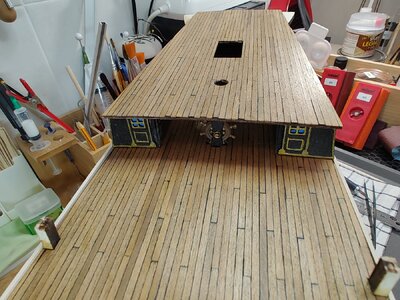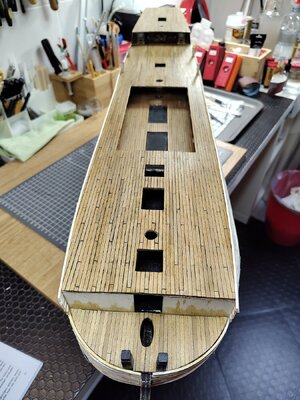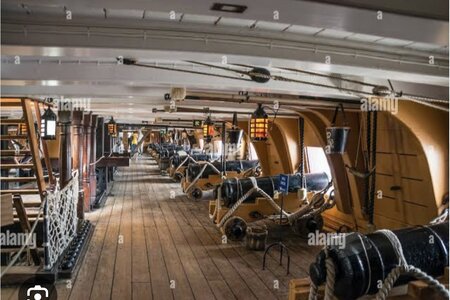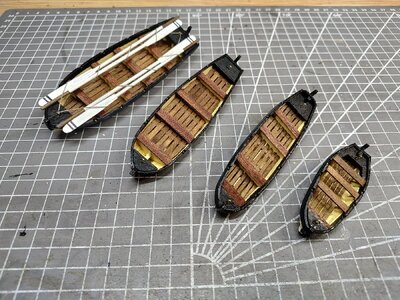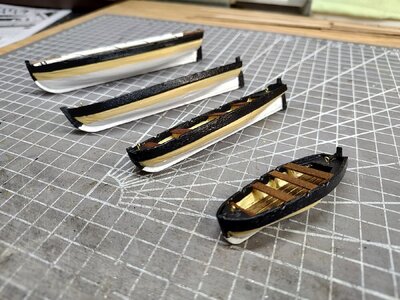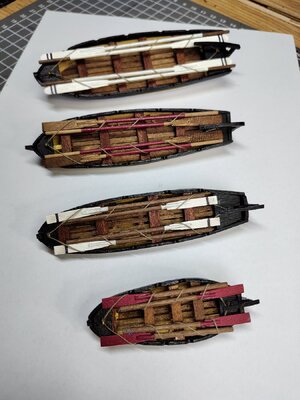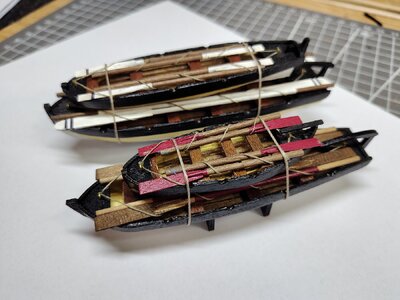Hi everybody,
in the end, I decided to open my build log for the Victory model, made by Panart in 1:78 scale.
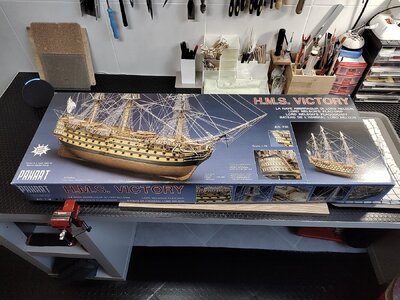
Opened the packaging I was impressed by the general quality of the materials and I continued to evaluate the instructions and drawings.
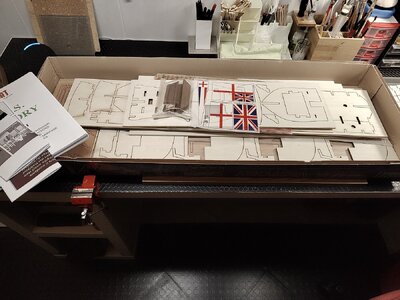
Although there are very negative judgments on the web about the scarcity of explanations, the manual and tables seem to me sufficient for a generic approach to the identification of the pieces and to the constructive bases (in fact, the manuals provided by Occre and Artesania Latina are better).
Of course it is not a very simple kit and I would not recommend it to those who have not already faced some simpler model.
I decided to devote some time to the study of previous achievements, consulting some forums, getting the PDF manuals of Caldercraft, Artesania Latina and DeAgostini, plus a hundred photos of the real Victory displayed in Porthsmouth.
I could not find online the PDF files of the nine tables provided, which would be very convenient to consult from tablet, instead of having to keep them open, since they are very large.
So I photographed it and turned it into PDF files; if they may interest someone, let me know so as to make them available.
It'll take me a few days to put the keel and the bulwarks together, since the laser cuts performed seem very precise and careful filing work will be necessary to obtain solid and precise joints.
In the meantime, having decided that the decks must be definitely covered with the planking provided, I would like to highlight two themes, hoping that someone will want to provide me with his opinion:
1. In my previous models I used a contact glue (Bostik) to coat the decks with the planking, finding it very convenient to spread a layer of glue on the deck, one on the back of the planks joined together with adhesive tape and then join everything under pressure, avoiding burrs and inaccuracies in the positioning.
But those strips (because of the larger scale) were wider than the 3 mm of those supplied to Victory; so I think it is necessary to change the type of glue, but I'm uncertain which one to use. I would avoid the cyanoacrylic glue and I would lean for the aliphatic one, which allows you to sandpaper any burrs. What do you think?
2. to simulate the caulking between the planks, many recommend rubbing a B2 pencil beforehand on the sides of the planks themselves. I tried (in the Beagle model) to replace the pencil with a black wax crayon, obtaining a result that seems better to me.
Here you can see the difference of the planking between the Beagle
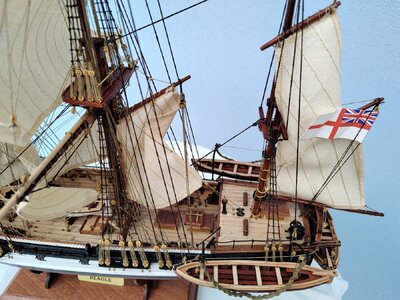
and the Essex
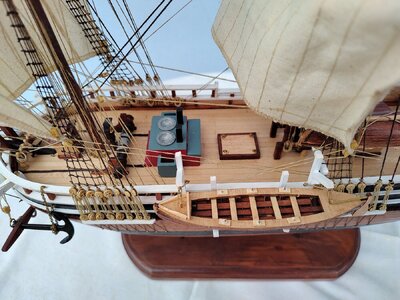
Has anyone else used this technique yet?
in the end, I decided to open my build log for the Victory model, made by Panart in 1:78 scale.

Opened the packaging I was impressed by the general quality of the materials and I continued to evaluate the instructions and drawings.

Although there are very negative judgments on the web about the scarcity of explanations, the manual and tables seem to me sufficient for a generic approach to the identification of the pieces and to the constructive bases (in fact, the manuals provided by Occre and Artesania Latina are better).
Of course it is not a very simple kit and I would not recommend it to those who have not already faced some simpler model.
I decided to devote some time to the study of previous achievements, consulting some forums, getting the PDF manuals of Caldercraft, Artesania Latina and DeAgostini, plus a hundred photos of the real Victory displayed in Porthsmouth.
I could not find online the PDF files of the nine tables provided, which would be very convenient to consult from tablet, instead of having to keep them open, since they are very large.
So I photographed it and turned it into PDF files; if they may interest someone, let me know so as to make them available.
It'll take me a few days to put the keel and the bulwarks together, since the laser cuts performed seem very precise and careful filing work will be necessary to obtain solid and precise joints.
In the meantime, having decided that the decks must be definitely covered with the planking provided, I would like to highlight two themes, hoping that someone will want to provide me with his opinion:
1. In my previous models I used a contact glue (Bostik) to coat the decks with the planking, finding it very convenient to spread a layer of glue on the deck, one on the back of the planks joined together with adhesive tape and then join everything under pressure, avoiding burrs and inaccuracies in the positioning.
But those strips (because of the larger scale) were wider than the 3 mm of those supplied to Victory; so I think it is necessary to change the type of glue, but I'm uncertain which one to use. I would avoid the cyanoacrylic glue and I would lean for the aliphatic one, which allows you to sandpaper any burrs. What do you think?
2. to simulate the caulking between the planks, many recommend rubbing a B2 pencil beforehand on the sides of the planks themselves. I tried (in the Beagle model) to replace the pencil with a black wax crayon, obtaining a result that seems better to me.
Here you can see the difference of the planking between the Beagle

and the Essex

Has anyone else used this technique yet?



